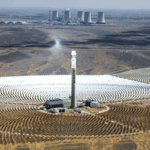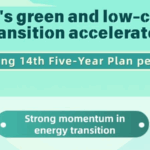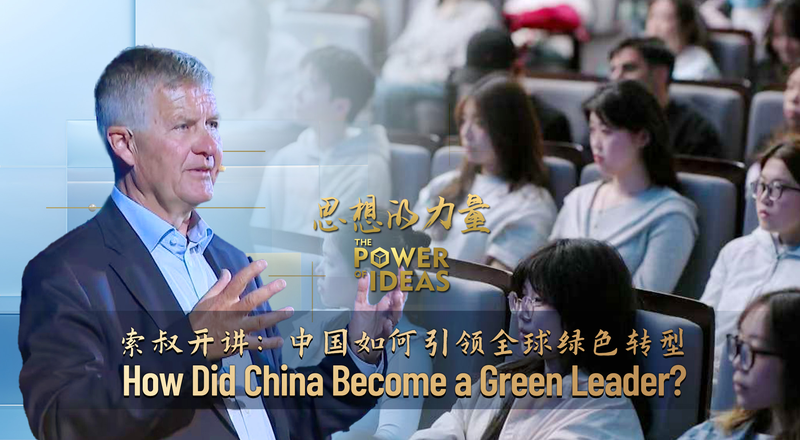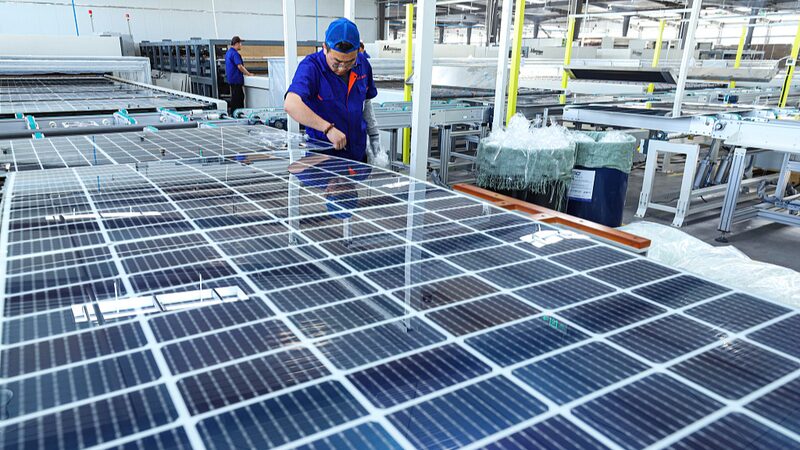Over the past decade, China has pulled off a balancing act that would make even the most seasoned tightrope walkers nervous: growing its economy by 6.6% annually while slashing carbon emissions per GDP unit by 34% 🎯. With energy consumption rising just 3% yearly, the country has become a global leader in reducing energy intensity—outpacing most nations in its green sprint.
But how did the world’s second-largest economy manage this eco-glow-up? Experts point to aggressive reforms in renewables, industrial upgrades, and tech innovation. Solar panels now dot landscapes like digital art installations ☀️, and electric vehicles (EVs) zip through cities at a pace rivaling K-pop dance challenges 🚗💨.
Lauri Myllyvirta of the Centre for Research on Energy and Clean Air highlights China’s 'all-in' approach: 'From wind farms to carbon markets, they’re rewriting the rulebook.' Meanwhile, Wu Changhua credits policies that 'incentivize green tech like it’s the next viral TikTok trend.'
For young professionals eyeing Asia’s markets? Wang Yongzhong notes that sustainability is now 'the ultimate career hack' in sectors from EVs to smart grids. And with COP28 goals looming, Anatole Boute argues China’s blueprint could 'decarbonize the global economy faster than a dropped iPhone battery.'
One thing’s clear: When it comes to green growth, China’s playing 4D chess while others are stuck on Candy Crush. 🌍♟️
Reference(s):
Deeper Reforms, Better Opportunities: China‘s Green Transition
cgtn.com






